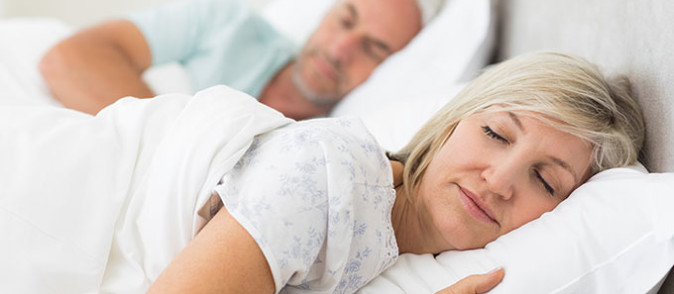“Dr. Sharkus really treats us like we are family! I love taking my kids here, and they love it, too!”
Schedule an appointment today!
Contact UsSnoring
What Causes Snoring?
During sleep, muscles and soft tissues in the throat and mouth relax, shrinking the airway. This increases the velocity of airflow during breathing. As the velocity of required air is increased, soft tissues like the soft palate and uvula vibrate. The vibrations of these tissues result in “noisy breathing” or snoring.1
The Dangers of Snoring
It is estimated that more than 90 million North Americans snore.2 Snoring doesn’t merely interrupt your sleep cycle. The struggle for breath can result in soaring blood pressure, which can damage the walls of the carotid arteries and increase the risk of stroke.3 At certain levels of severity, complete blockage of the airway by the soft tissues and the tongue can occur. If this period of asphyxiation lasts longer than 10 seconds, it is called Obstructive Sleep Apnea, a medical condition with serious long-term effects.4
Your Snoring and Sleep Apnea Solution
Relaxed and collapsed airway produces soft tissue vibrations during breathing, which result in snoring. For the majority of snorers, the most affordable, non-invasive, effective snoring solution remains a dentist prescribed device. The Silent Nite device prevents snoring by opening the airway and making breathing easier. It is a custom-fabricated dental device that moves the lower jaw into a forward position, increasing space in the airway tube and reducing air velocity and soft tissue vibrations. Special Slide-Link connectors are attached to transparent flexible upper and lower customized splints. The fit is excellent and comfortable, permitting small movements of the jaw (TMJ) and allowing uninhibited oral breathing.
* References:
- Isono S, Remmers J. Anatomy and physiology of upper airway obstruction. Kryger MH, Roth T Dement WC, eds. Principles and Practice of Sleep Medicine, 2nd ed. WB Saunders and Co. 1994:642-56 2. Young, T Palta M, Dempsey J, etal. The occurrence of sleep-disordered breathing amoung middle-aged adults. N Engl Med. 1993;3328 (17):1230-5. 3. Friedlander AH, Yueh R Littner MR. The prevalence of calcified carotid atery athermoas in patients with obstructive sleep apnea syndrome. J Oral Maxillofac Surg. 1998;56(8):950-4. 4. American Academy of Sleep Medicine, International Classification of Sleep Disorders (ICSD), Rochester, Minn., 1190.



